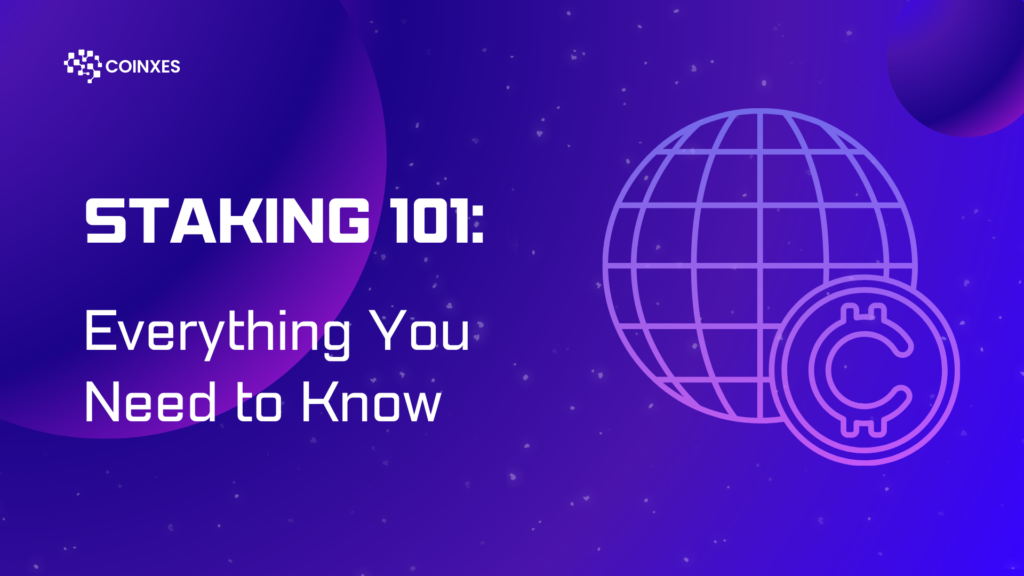Staking 101: Everything You Need to Know
Staking has become one of the most popular ways to earn passive income in the cryptocurrency world. Whether you’re holding stablecoins like USDT or altcoins like Ethereum, staking allows you to grow your crypto holdings without actively trading. But what exactly is staking, and how does it work? In this guide, we’ll break down everything you need to know about staking, from the basics to the risks and rewards.
What is Staking?
Staking is the process of locking up your cryptocurrency to support a blockchain network’s operations. In return, you earn rewards, similar to earning interest on a savings account. Staking is primarily used in blockchains that rely on a Proof-of-Stake (PoS) consensus mechanism, which is more energy-efficient than the Proof-of-Work (PoW) system used by Bitcoin.
How Does Staking Work?
- Locking Up Funds: You lock your crypto in a wallet or platform to participate in network validation.
- Earning Rewards: Validators (or stakers) are chosen to confirm transactions and create new blocks. In return, they receive rewards, which are distributed to participants based on the amount they’ve staked.
Types of Staking
- Staking Altcoins
Altcoins like Ethereum (ETH), Cardano (ADA), and Solana (SOL) use PoS mechanisms. Staking these coins helps secure their networks and allows you to earn rewards. For example, Ethereum 2.0 requires a minimum of 32 ETH to become a validator, but smaller investors can join staking pools to participate.
- Staking Stablecoins
Stablecoins like USDT, USDC, and DAI are pegged to fiat currencies, making them less volatile. While they don’t validate transactions like altcoins, you can stake them on platforms to earn interest through lending, liquidity mining, or yield farming.
How to Start Staking
- Choose a Cryptocurrency
Decide whether you want to stake altcoins or stablecoins. Popular options include Ethereum (ETH), USDC, and DAI.
- Select a Platform
You can stake on centralized exchanges (CEXs) like Binance or Coinbase, or decentralized platforms (DEXs) like Aave or Yearn Finance. CEXs are beginner-friendly, while DEXs offer more control and higher yields.
- Lock Your Funds
Transfer your crypto to the platform and lock it in a staking pool or wallet. Some platforms require a minimum amount to start staking.
- Earn Rewards
Once staked, you’ll start earning rewards, usually in the form of additional tokens or interest. Rewards are distributed daily, weekly, or monthly, depending on the platform.
Benefits of Staking
- Passive Income
Staking allows you to earn rewards without actively trading or managing your crypto. For example, staking Ethereum 2.0 can yield an annual percentage yield (APY) of 4-7%.
- Network Support
By staking, you help secure and maintain the blockchain network, contributing to its decentralization and efficiency.
- Lower Volatility
Staking stablecoins offers predictable returns with minimal price fluctuations, making it a safer option for risk-averse investors.
Risks of Staking
- Lock-Up Periods
Some platforms require you to lock your funds for a specific period, during which you can’t access or trade them. Early withdrawals may result in penalties.
- Smart Contract Risks
DeFi platforms rely on smart contracts, which can be vulnerable to hacks or bugs. Always choose platforms with strong security measures and audits.
- Market Volatility
While stablecoins are less volatile, altcoins can experience significant price swings. If the value of your staked coins drops, your rewards may not offset the loss.
Best Platforms for Staking
- 1. Centralized Exchanges (CEXs)
Binance: Offers staking for a wide range of cryptocurrencies, including ETH, USDT, and BUSD, with APYs ranging from 1% to 15%.
Coinbase: Supports staking for ETH, USDC, and DAI, with APYs around 0.15% to 5%.
- 2. Decentralized Platforms (DEXs)
Aave: A leading DeFi platform for lending and borrowing stablecoins, offering APYs of up to 4.57% for USDC.
Yearn Finance: Automates yield farming strategies, providing APYs of 6.6% for USDC and 4.8% for USDT.
Tips for Successful Staking
- Diversify Your Portfolio: Spread your investments across multiple cryptocurrencies and platforms to reduce risk.
- Research Platforms: Choose reputable platforms with strong security measures and transparent fee structures.
- Monitor Rewards: Keep track of your staking rewards and reinvest them to maximize your earnings.
- Stay Informed: Follow market trends and regulatory developments to make informed decisions.
Conclusion
Staking is a powerful tool for earning passive income and supporting blockchain networks. Whether you’re staking altcoins or stablecoins, understanding the basics, benefits, and risks is crucial for success. By choosing the right platforms and strategies, you can maximize your rewards and contribute to the growth of the crypto ecosystem.
So, are you ready to start staking? Dive in, do your research, and watch your crypto grow!
